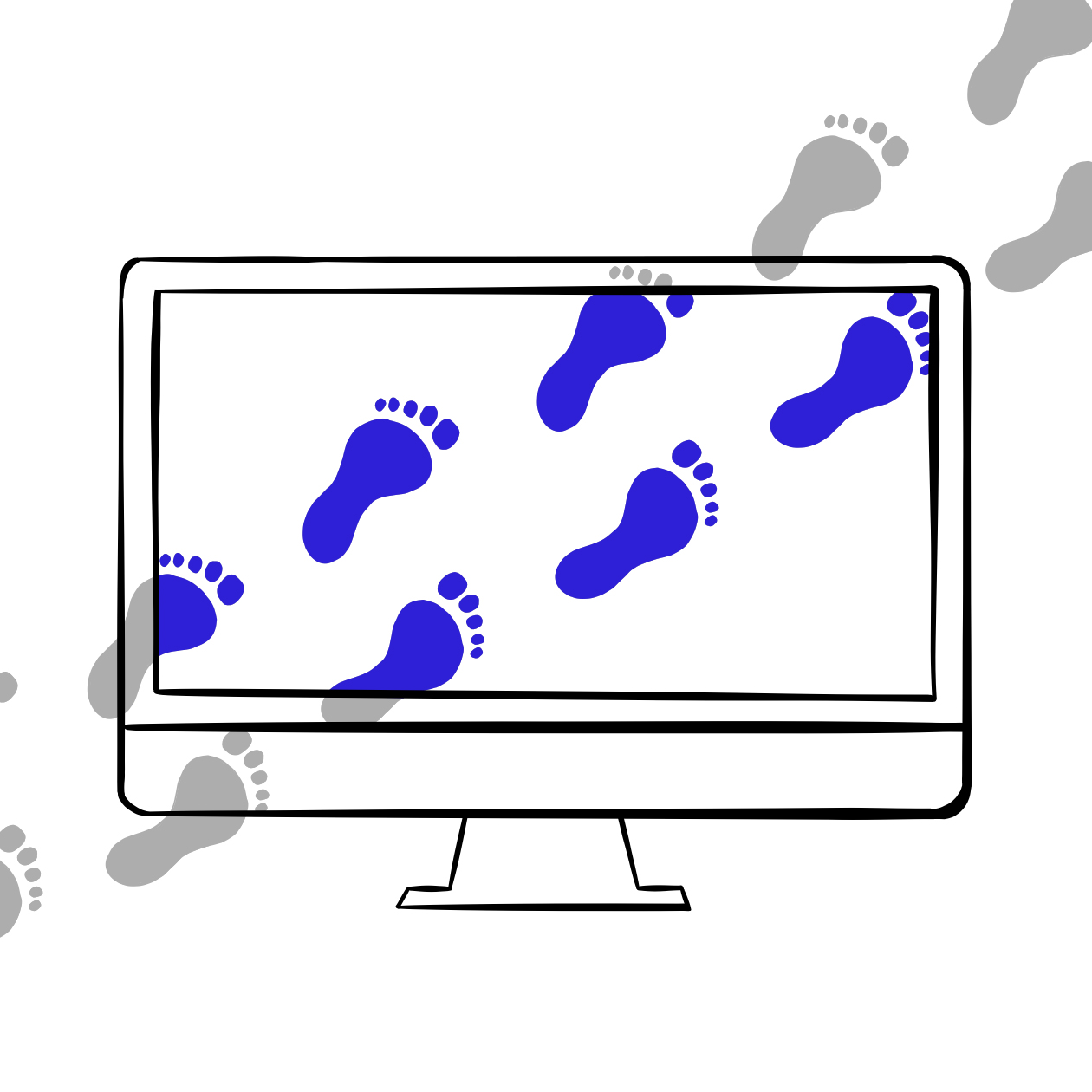
Taking Ownership of Your Digital Footprint
There's an A-list actor who has appeared in multiple billion-dollar box office hits. He's the face of a decades-old franchise and has hosted SNL. He's been named People Magazine's sexiest man alive and one of Time's top 100 most influential people.
But when you Google his name, he's nowhere to be found.
Actor Michael B. Jordan has the misfortune of sharing a first and last name with the greatest basketball player of all time. So he uses his middle initial to distinguish his personal brand and ensure his own page of search results.
Your Online Presence
What comes up when you search your own name on Google?
When I receive a cold email, my first question is "who is this from?" I’ll Google the sender’s name and any other identifying information from the message.
So look over the search results for your name from the perspective of someone you just wrote to. Is this what you want them to see? If so, awesome, but if not, we can fix it.
Your Evil Twin
Hopefully, no one else has built a strong online presence with your name. But if you share a name with someone famous—or even just someone who is strongly established online—and want to build a presence that isn’t buried under theirs, take inspiration from Michael B. Jordan. Use a variation or alias that is personal and unique.
You can also use a handle as your alias. One of my favorite writers, Patrick McKenzie, uses the pseudonym “patio11,” a name better recognized in some circles than either Jordan. Sharing your name with someone famous—or infamous—shouldn’t block you from building a strong online presence.
The Gold Standard Digital Footprint
Not everyone has—or wants—a personal brand. But everyone, even the most privacy-conscious security researchers, has a digital footprint. So it's up to you to make it a positive one.
A great digital footprint looks like:
- The top search result on Google for your name or professional alias.
- A personal website or portfolio at a strong domain. Ideally
firstlast.comoryouralias.com, the domain should be clear, memorable, and personal. - One to three complete, professionally oriented social media profiles on relevant sites like LinkedIn, Twitter, or Instagram.
- Nothing embarrassing or unprofessional, at least in the top search results. Set those old social media accounts to private and archive the middle school blog.
You won't build this overnight. Ranking on Google takes years of consistent effort (it took me three years to rank above Philip Kiely, a physician in Vermont), and building a strong public portfolio is a big investment. Focus on making incremental progress on expanding and improving your digital footprint.
Most importantly, don't let a lack of digital footprint be an excuse to delay your cold email practice. A strong digital footprint improves the conversion rate of your cold email, but the conversion rate on zero emails is zero.
Best,
Philip
Excited to send life-changing email?
Enter your email for exclusive previews & a launch-day discount.